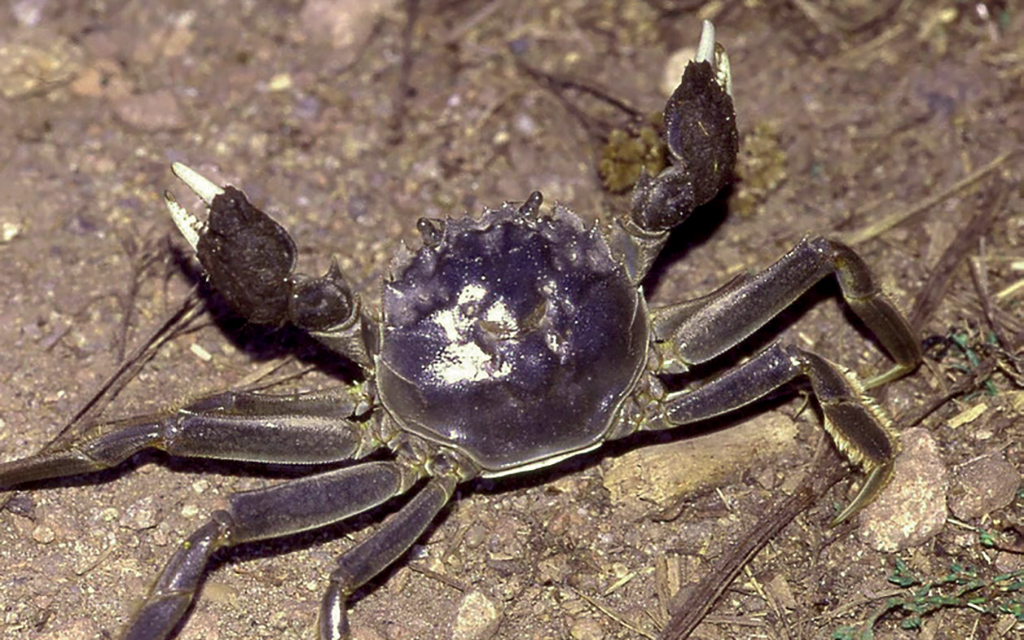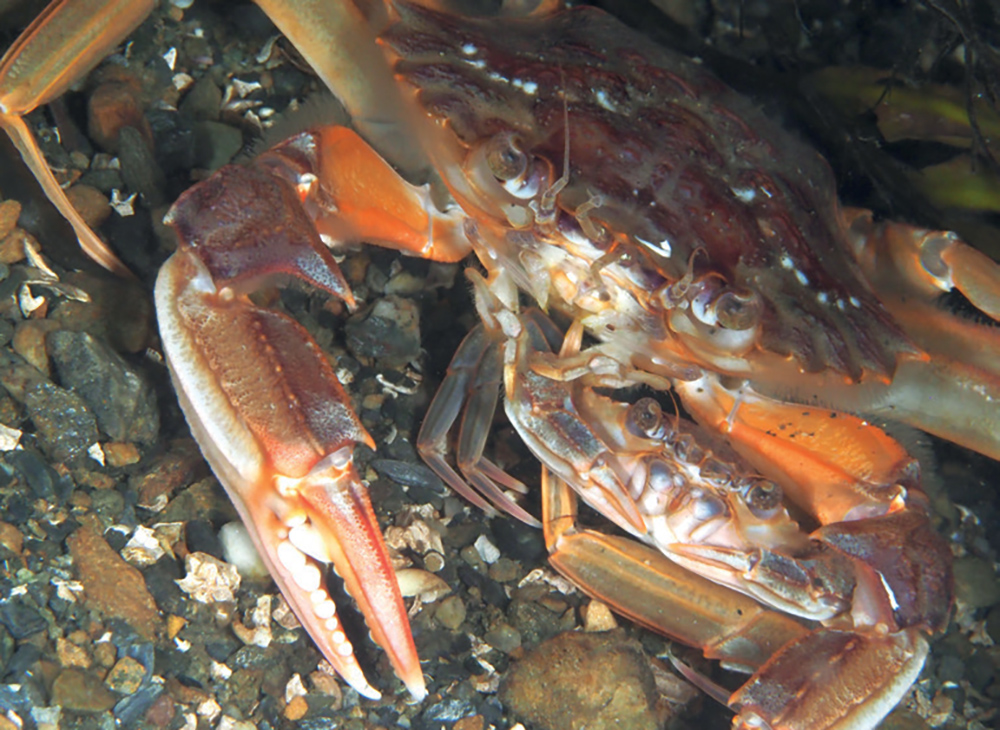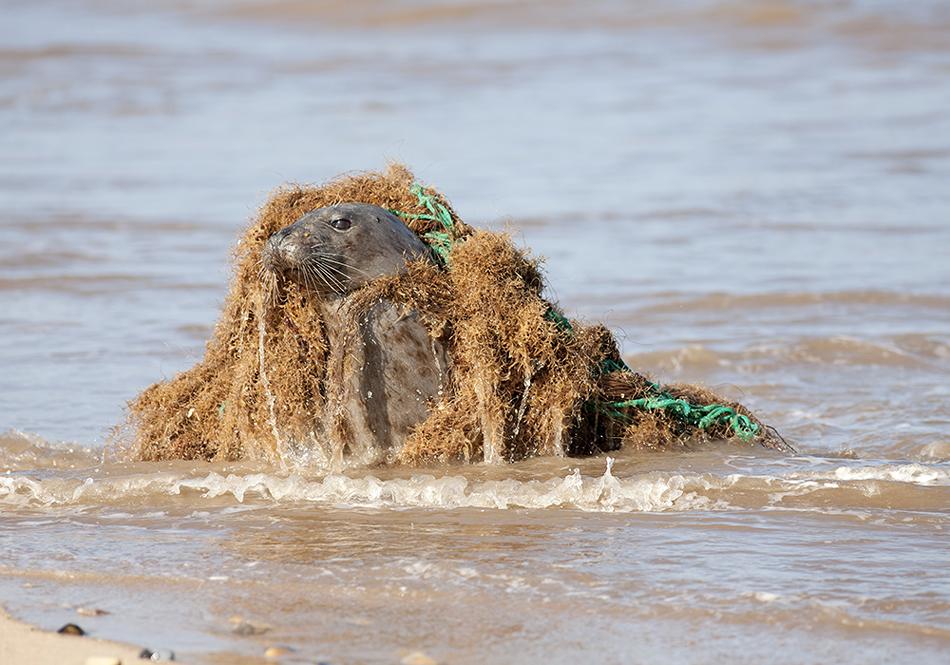
Becky Hitchin presents a tale of two crabs, both unwelcome guests on either side of the planet.
This month, I want to tell tales of two invasive species, both crustaceans. One of these is native in UK waters and has become invasive worldwide, and one has invaded the UK.
Invasive species #1: shore crab
So firstly, the shore crab, aka the green crab, Carcinus maenas, beloved of small children due to its attraction to pieces of bacon hung on the end of long strings over jetties. This seemingly inoffensive little crab has also been listed as one of the ‘100 worst invasive species’. It is native to European coasts, but has sequentially invaded the world. It was first seen on the east coast of North America in 1817, and now occurs from South Carolina to Newfoundland. In the 1850s, it was also introduced into Australia. These periods of dispersal occurred through transport by ships (in hull fouling or in solid ballast).
The shore crab reached New South Wales in 1971, South Australia in 1976 and Tasmania in 1993. It reached South Africa in 1983 and South America by 2003. In 1989, it was also found in California and in Canada in 1999. Making its way up the Pacific coast of America, the shore crab extended its range by 750km in 10 years. These introductions are more likely to have occurred through a greater variety of dispersal mechanisms, including the more traditional hull fouling and ballast water releases but also more technological mechanisms such as fouling on semisubmersible drilling platforms, transport with fisheries products intended for food or bait, scientific research or releases from aquaria.

Shore crab
This inoffensive little crab has caused major economic impacts on shellfisheries in New England, and may have similar effects on fisheries on the West Coast of North America and Australia. Ecologically, it has impacted many shore communities by preying on, and competing with, other crabs, bivalves and gastropods. Not so inoffensive really!
Invasive species #2: Chinese Mitten Crab
The second crab is an invader of our waters – the Chinese Mitten Crab, Erocheir sinensis, also known as the Shanghai Hairy Crab and the Big Sluice Crab. It’s a burrowing crab native to rivers, estuaries and other coastal habitats of East Asia named for its furry, brown, mitten-like claws. It is also listed as one of the world’s 100 worst invasive species due to the damage it can wreak on the environment by burrowing into riverbeds and embankments, blocking drainage systems and damaging fishing gear with its sharp claws. They eat fish eggs and outcompete native species for resources. Over the past century, the crabs have spread around the world, including Europe and North America, migrating through ballast water in commercial ships.
The species was first spotted in the UK in 1935 in the Thames and has since become established around the country.
There are a few dive lakes in Kent where you can see the crabs marching between the waterbodies at dusk. In 1995 residents of Greenwich saw them crawling out of the River Thames, and in 2014 one was found in the Clyde, in Scotland. The crabs have even been known to take up residence in swimming pools.
How divers and snorkellers can help
What to do about these invaders? There have been fisheries set up to try and decrease their numbers. In Massachusetts, more than 10 tonnes of shore crabs were caught in one year in an experimental fishery. In China, there have been ideas of reimporting crabs from the West to replenish Chinese fisheries, where the mitten crab is seen as a delicacy.
There’s no moral to this story. No easy way to reverse invasions. Our underwater world is changing, forever, and it’s up to us as divers, snorkellers and shore surveyors to at least document, photograph these changes and help understand our changing seas.
Article ‘Claws for concern’ by Becky Hitchin first published in SCUBA magazine, Issue 141 Jan/Feb 2024

 Author: Becky Hitchin | Posted 15 Jan 2024
Author: Becky Hitchin | Posted 15 Jan 2024



